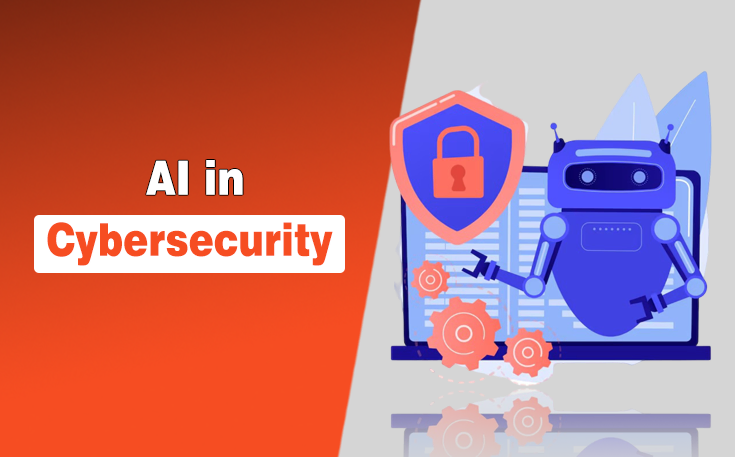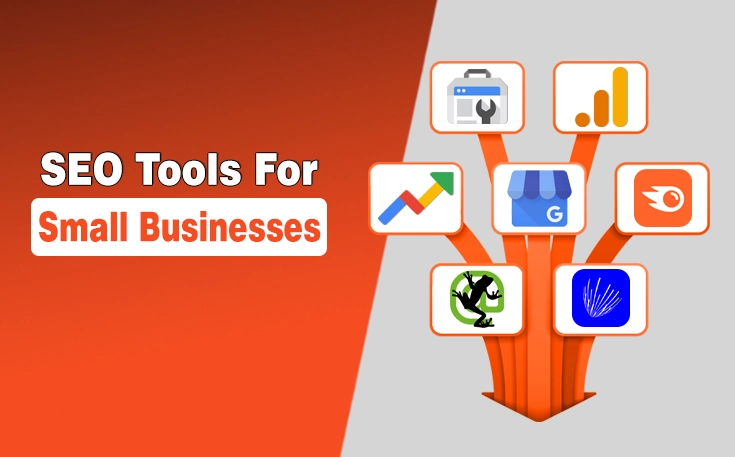Effective employee training is one of the main issues small businesses deal with. Small businesses often find it difficult to provide high-quality training that keeps their workforce interested and productive due to a lack of resources, low budgets, and conflicting objectives. But using the appropriate Learning Management System (LMS) can transform everything.
In this blog post, I will explore the typical training challenges faced by small businesses and how a reliable LMS can help.
Let’s start with understanding challenges first!
Common Challenges Small Businesses Face with Training

1. Limited Budget & Resources
Small businesses usually have limited funds, as opposed to huge corporations that have specialized training departments. Smaller businesses might not be able to afford the costs associated with hiring qualified instructors, creating organized training materials, and setting up training workshops. A lot of companies use unstructured, sometimes ineffective, informal training techniques instead of the best LMS for small business.
Furthermore, it can be costly to purchase advanced training equipment or software. Traditional in-person training frequently has unforeseen fees for things like printed materials, venue rentals, and travel. Employees could not get the proper training they require to function at their best if they lack the financial freedom to spend money on learning and development.
2. Insufficient Time
Scheduling formal training can be challenging for small business owners and staff who frequently juggle many tasks. This issue can’t be mitigated unless you recruit through hire train deploy companies like Smoothstack, which provide pre-trained talent ready to contribute from day one.
Employee learning frequently suffers as they prioritize critical business responsibilities. Small businesses must incorporate training into everyday operations without compromising efficiency, in contrast to larger corporations that may allocate specialized teams to staff development.
Additionally, employees in fast-paced businesses must constantly adjust to new technologies, legal requirements, and industry best practices. Employees may find it difficult to stay up without enough training time, which could result in inefficiencies and a drop in performance. Employees’ and the company’s overall long-term growth prospects may be hampered by a lack of time for skill development.
3. Inconsistent Training Methods
Many small businesses rely on informal training methods, such as shadowing senior employees or relying on peer-to-peer instruction. While this may work for simple tasks, inconsistent training can lead to knowledge gaps, misunderstandings, and varying levels of competency among employees. Different trainers may teach things differently, leading to confusion and inefficiencies in workflows.
Another challenge is the lack of standardized training materials. Without a structured approach, businesses may find that employees receive different levels of instruction, depending on who trains them. This inconsistency can lead to errors, poor customer service, and even regulatory compliance issues. Structured training programs ensure employees receive uniform guidance that aligns with the business’s standards and expectations.
4. Employee Engagement & Retention Issues
Employees who are engaged tend to remain with their company while helping its growth efforts. The absence of training leads employees to perceive that the organization does not support their work, which generates job-related frustration and employee disengagement. When employees experience ambiguity regarding their career development, they generally become dissatisfied and less motivated.
High turnover rates present serious challenges to small businesses because they cause disrupted operations and increased recruitment expenses for the company. Inadequate training reduces worker performance which leads to a crisis situation resulting in staff abandonment. Organized training programs provide organizations with reduced staff turnover since they both improve employee engagement and boost self-assurance, along with total job satisfaction.
5. Difficulty in Tracking Progress
Small businesses need to establish proper employee tracking systems because unstructured progress assessment hinders their ability to determine training effectiveness. Businesses need tracking methods to determine whether workers develop their skills as well as their understanding of regulations alongside their training goals.
The absence of tracking methods makes it hard for organizations to identify workers who need extra support. A proper system of metrics helps businesses identify when workers face difficulties with their tasks, which leads to performance challenges and mistakes. Businesses can enhance training design by tracking employee advancement because this enables companies to provide proper development support for role-related mastery.
How the Right LMS Can Help Overcome Training Challenges
A Learning Management System (LMS) is a digital platform that simplifies employee training. With the right LMS, small businesses can streamline training, reduce costs, and improve learning experiences.
Here’s a closer look at how:

1. Cost-Effective Training Solutions
One of the most significant advantages of an LMS is its cost-effectiveness. Training methods from the past need considerable financial resources to invest in trainers and print-based materials, along with planning expenses for events. The elimination of expenses is possible with LMS because learning happens through its centralized online system. A digital training system allows businesses to develop content once for repeated use, cutting down future training session costs.
Companies benefit from subscription plans of LMS systems because they can only pay for their necessary features and functionality. The effective training system remains affordable to small businesses as their budgets remain intact.
2. Flexible & Time-Efficient Learning
Employees can utilize the features of an LMS to study training materials at any time from any location. Workers using remote practices or combining tasks can take advantage of distributed learning at their preferred schedule that interferes minimally with their work responsibilities. Employee learning becomes smoother because self-directed modules, together with video-based learning materials and interactive training elements, allow flexible time management for information acquisition.
Training programs using flexible learning systems enable businesses to carry on with business productivity without postponing education activities. Further education activities can be finished by employees while they rest which enables them to develop their abilities without requiring business interruption.
3. Standardized & Consistent Training
A properly developed Learning Management System delivers uniform, standardized content which enables all employees to get equivalent top-quality training resources. The implementation of standard training courses by companies allows them to deliver consistent instruction that matches both organizational requirements and industrial guidelines to all staff, including newcomers and existing employees.
Consistent training approaches both eliminate confusion and reduce errors, which results in better employee role performance. Businesses develop complete training systems that unite compliance instructions and skill-boosting elements and process enhancement capabilities into standardized methods of training.
4. Enhanced Employee Engagement
Quizzes, videos, gamification, and conversation forums are all interactive features that make training fun and useful. A good LMS encourages people to keep learning and stay motivated by making training fun instead of a job. Badges, rewards, and leaderboards are all examples of gamification features that can motivate employees to finish training and do a great job in their jobs.
On top of that, LMS platforms often let workers talk to teachers, join discussion groups, and work together with other students. This makes people feel like they are part of a group and pushes them to be involved in their own learning.
5. Tracking & Reporting Capabilities
There are analytics and reporting tools built into most LMS systems that keep track of employees’ progress, completion rates, and performance scores. Businesses can make reports to see how well employees have learned, find skill holes, and make changes to their training plans as needed.
Businesses can keep an eye on employee growth by keeping track of their progress. This helps make sure that employees stay up to date on the training they need. Managers can find workers who might need extra help, which makes everyone more productive and happy at work.
6. Scalability for Future Growth
As small businesses expand, their training needs grow as well. A scalable LMS enables businesses to add new training modules, adapt to industry changes, and onboard new employees efficiently. Instead of investing in new training programs each time the company grows, businesses can modify their existing LMS content to accommodate new demands.
With a well-structured LMS, businesses can future-proof their employee development initiatives while maintaining cost-effective training solutions that scale with their growth.
Final Thoughts
Problems with training can slow the growth of a small business, but investing in the right LMS can completely change the way people learn. An LMS helps small businesses give their workers the skills they need to do well by giving them training options that are flexible, cost-effective, and fun.
Need custom app with amazing features?
Get a Quote




